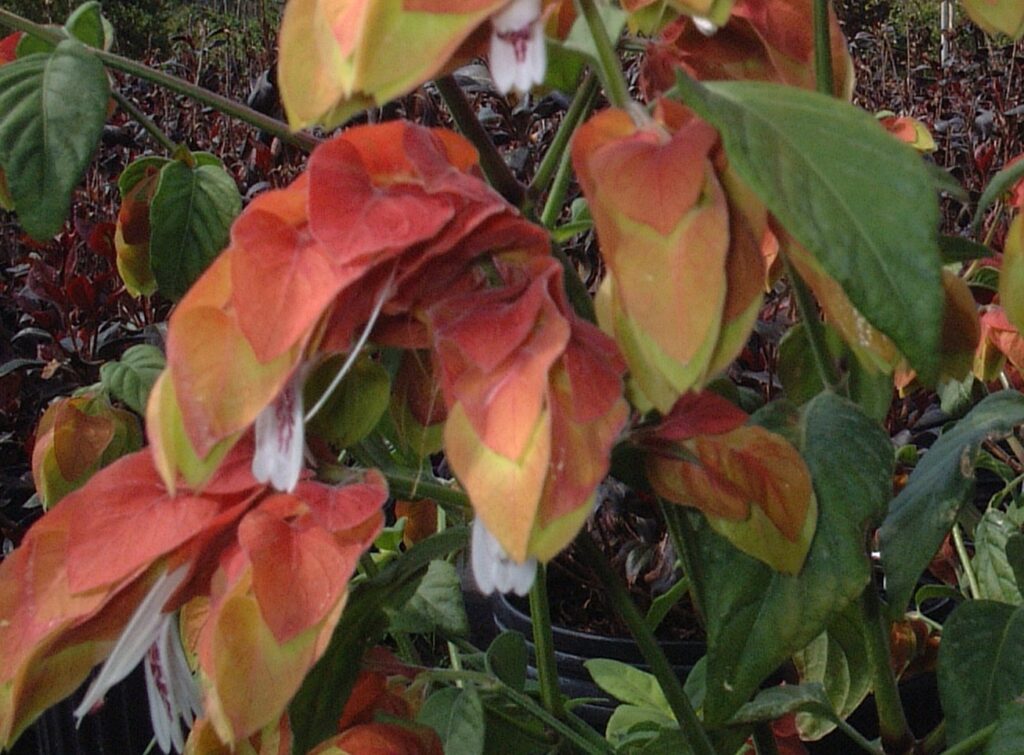
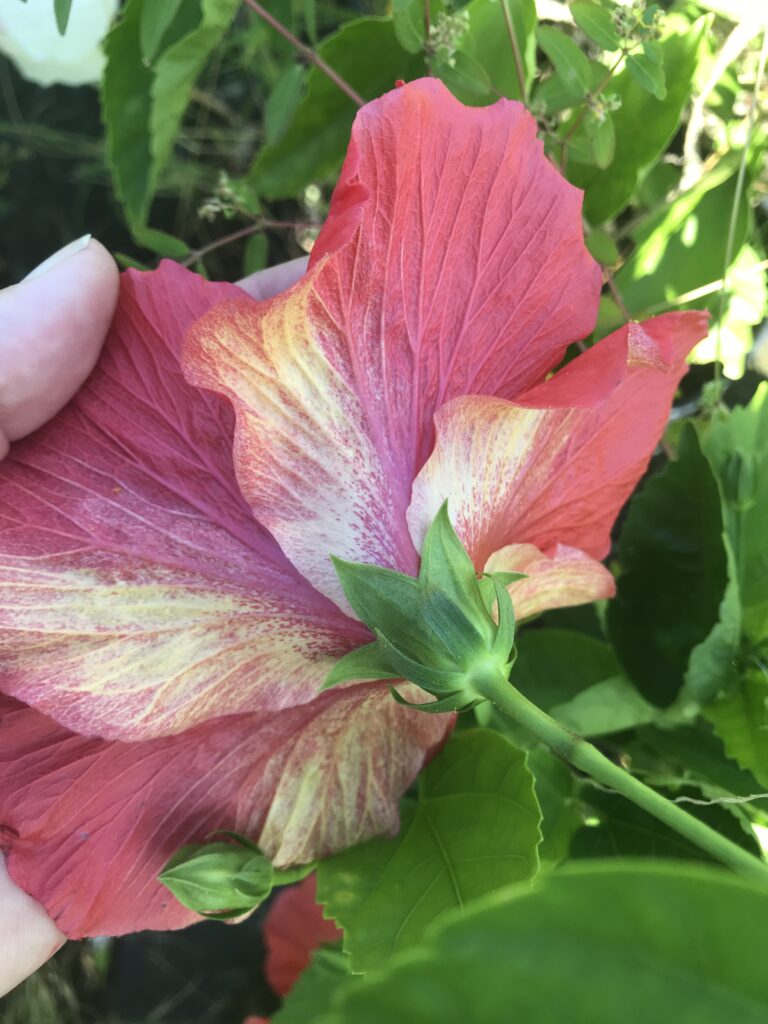

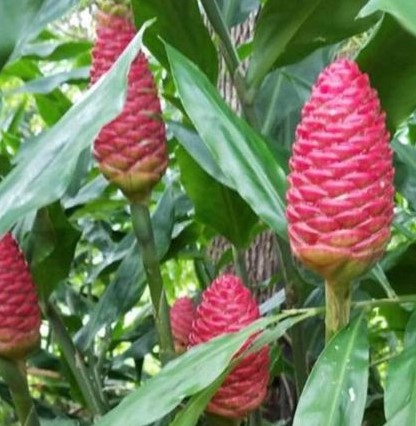
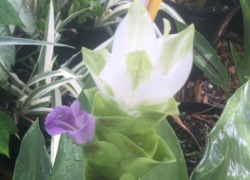
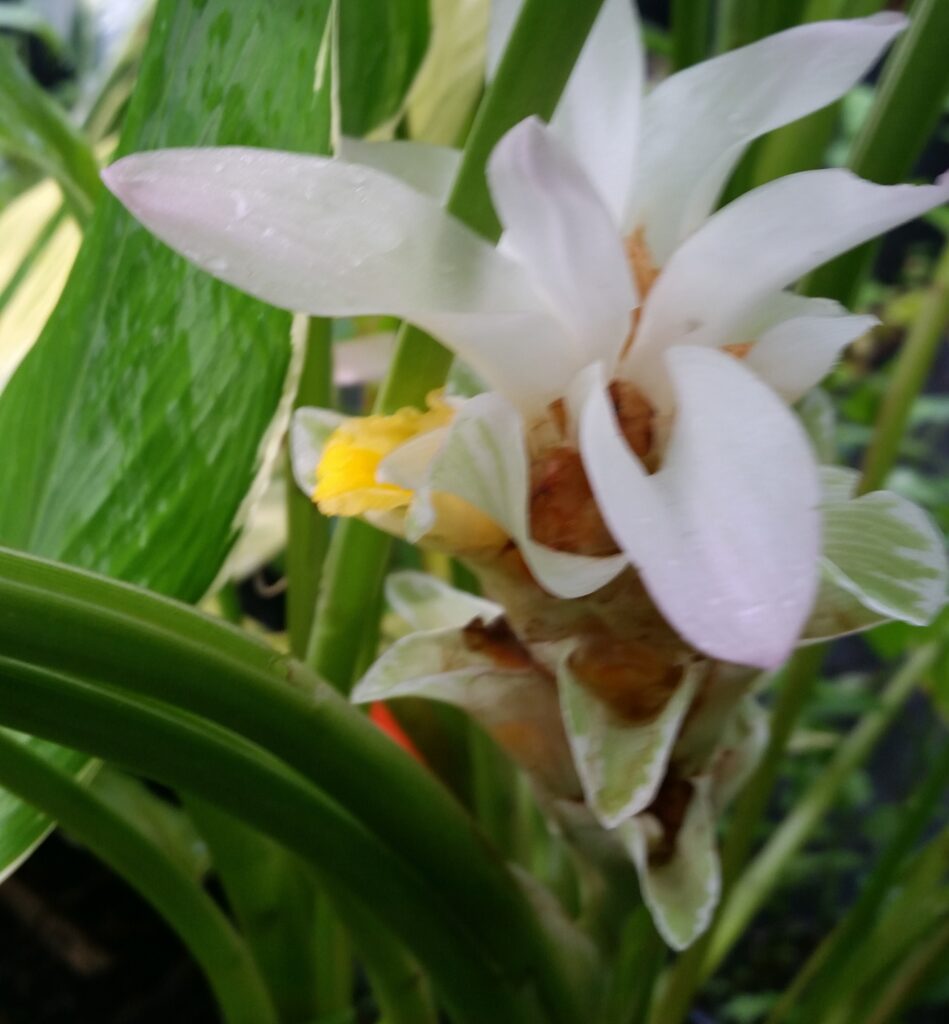
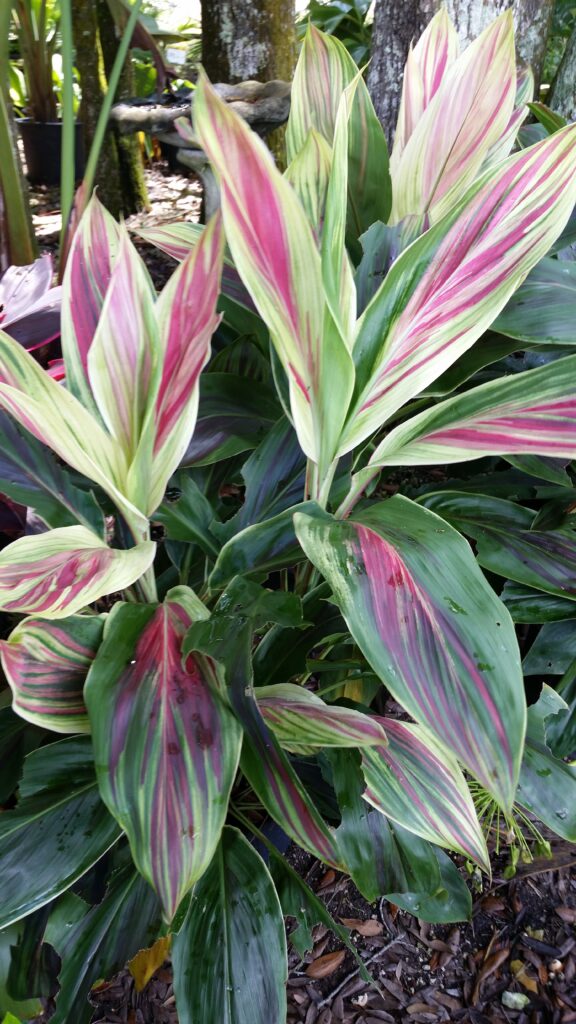
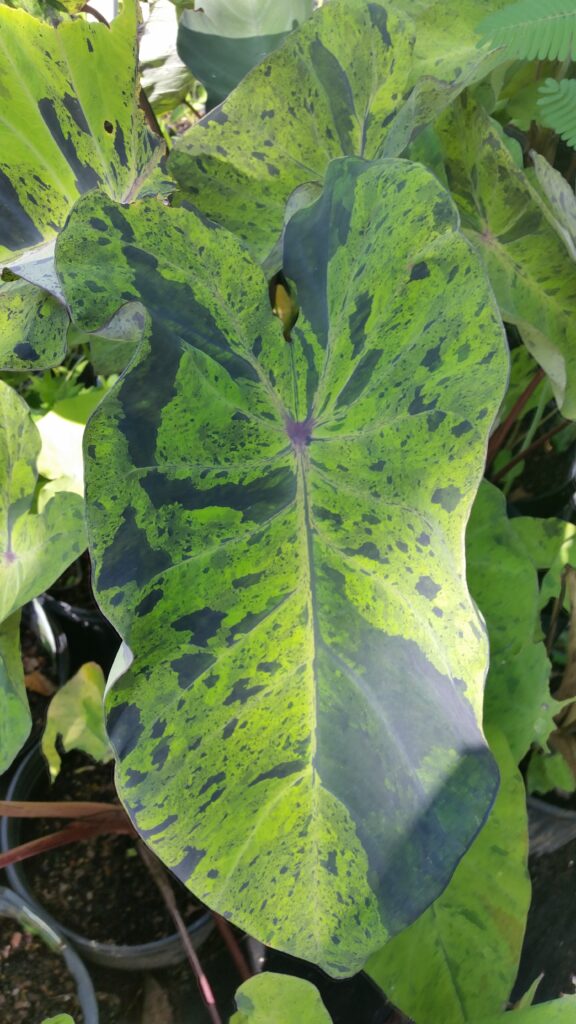
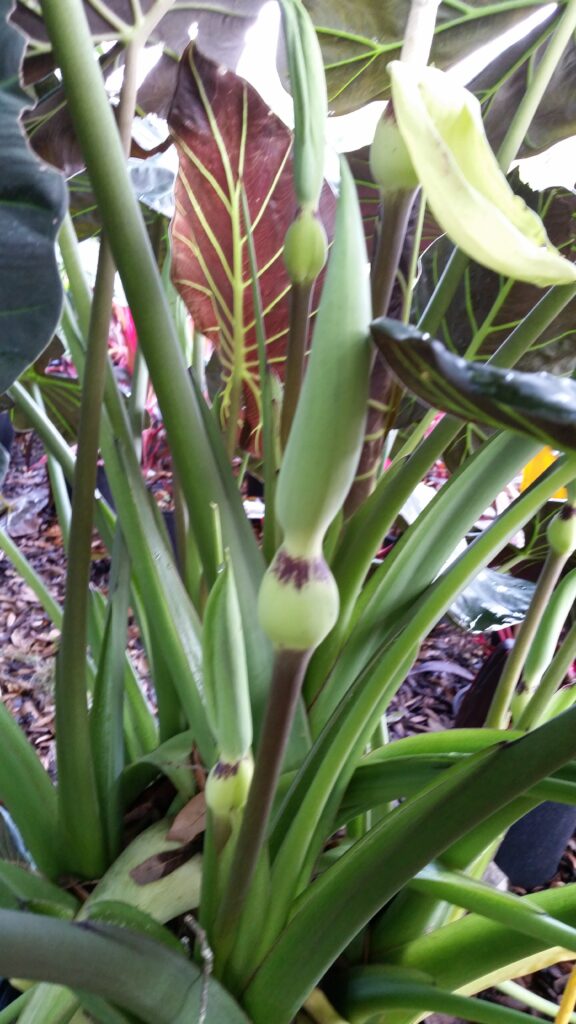
S & J Nursery’s
Tropical Plant Selections
for Northeast Florida Landscapes
What Is A Tropical Plant ?
When we think of a tropical garden we think of the pictures in travel magazines of 5 star resorts lushly landscaped with big bold foliage plants or
Tropical Island getaways with palms trees swaying in the wind. A place to relax and unwind from the rigors of our daily routines.
As our lives get busier there is a growing demand to bring those far away exotic destinations home to our own back yards where we can climb in the
hammock under the palm trees to nap or read a favorite book. Why should we not have our very own vacation spot at hand whenever we wish? Tropical plant selections help bring the tropics to us, big bold leaves, lots of
colorful and heavily textured foliage can add an instant tropical effect.
For our purposes here on this website, we are going to consider tropical plants as plants that will help us create that tropical feel we have
all fallen in love with, regardless of whether they originate in tropical areas or not. While the tropical feel in the landscape can be achieved with many different cold hardy landscape plants, many of us wish to bring the plants that grow natively in the more tropical regions of the state home to our personal landscape. In doing so we may end up pushing the planting zones for these more cold sensitive tropical plantings to their northernmost limits.
Northeast Florida’s Climate Zone for Planting Tropical and Subtropical Plantings
In our Northeast Florida, Jacksonville and St. Augustine area landscapes we have what is classified as a subtropical climate zone. In the numerical system that is broken down to Zone 9a for areas of Jacksonville and Zone 9a for St. Augustine. (Click here to open a new window for Florida Planting Zone Map) Our proximity to the ocean and the presence of both the inter coastal waterway and the St. Johns river increase warmth in many areas that would otherwise have lower winter temperatures. This subtropical planting zone allows us to overwinter many tropical plant selections that our neighbors to the West of us can not.
In addition to these larger areas of temperature variance created by larger bodies of water, micro climates exist within each individual landscape that can drastically affect the range of plant hardiness when it comes to tropical plant selections for the Northeast Florida landscape.
Plant hardiness varies greatly from one yard to the next depending on
these micro climates. The Ixoras, Hibiscus, Bougainvillea or other tropical plant selections planted by your front door may have suffered cold damage when across the street the neighbors have the exact same plants and
they are literally blooming in December! Micro climates may get a bit confusing but with some careful observation of your property and its surroundings you can learn to take advantage of the micro climates within the landscape for your tropical plant selections.
Where to Plant Your Cold sensitive Tropical Plant
Selections in the Northeast Florida Landscape
While it may not be as much about what you plant here in the Northeast Florida landscape, it is however about where you plant it here in the Jacksonville and St. Augustine area landscape. Becoming familiar with the advantages of your specific Northeast Florida community and the microclimates within your individual landscape can dramatically affect the outcome of your tropical plantings.
Here are a few things that help create warmer microclimates in our Northeast Florida Landscape for you to consider before deciding where to plant your new tropical treasures…
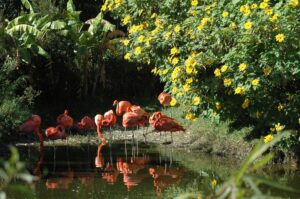
Bodies of water, including oceans, lakes, streams,
small creeks, rivers, ponds, and even swimming pools all have a warming affect on surrounding plantings increasing their cold tolerance during our winter months.
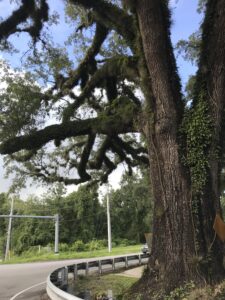
Proximity to large shade trees such as Oaks, Pines, Maples etc. can cause the cold tolerance of plantings to increase as they create a buffer from plant damaging frosts on large areas around them during the
cold winter months. I love to see the pattern of frost created on the grass, observing the frost prone and frost free areas of the landscape during the winter is the best way to become familiar with the microclimates within your landscape.
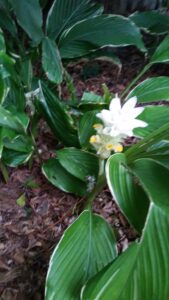
Low elevation areas of the landscape are more
sensitive to winter temperatures as cold air will settle in these lower areas causing damage to winter sensitive plantings. In addition low areas tend to collect more water after rains that can result in
shallow rooted plants that can be more sensitive to sudden freezes.

Planting location near structures such as houses,
buildings, fences, sheds etc. can affect the surrounding plantings dramatically. For example, plants located on the North side of a building will be exposed to cold winter Northwest winds
and get little sun exposure during the winter months while plants located
on the South or southeast side of that same building will be protected from those same cold winter winds allowing more tropical selections to thrive in the shelter provided by the building itself.
A Listing on Tropical Plant Selections for Northeast Florida Landscapes

